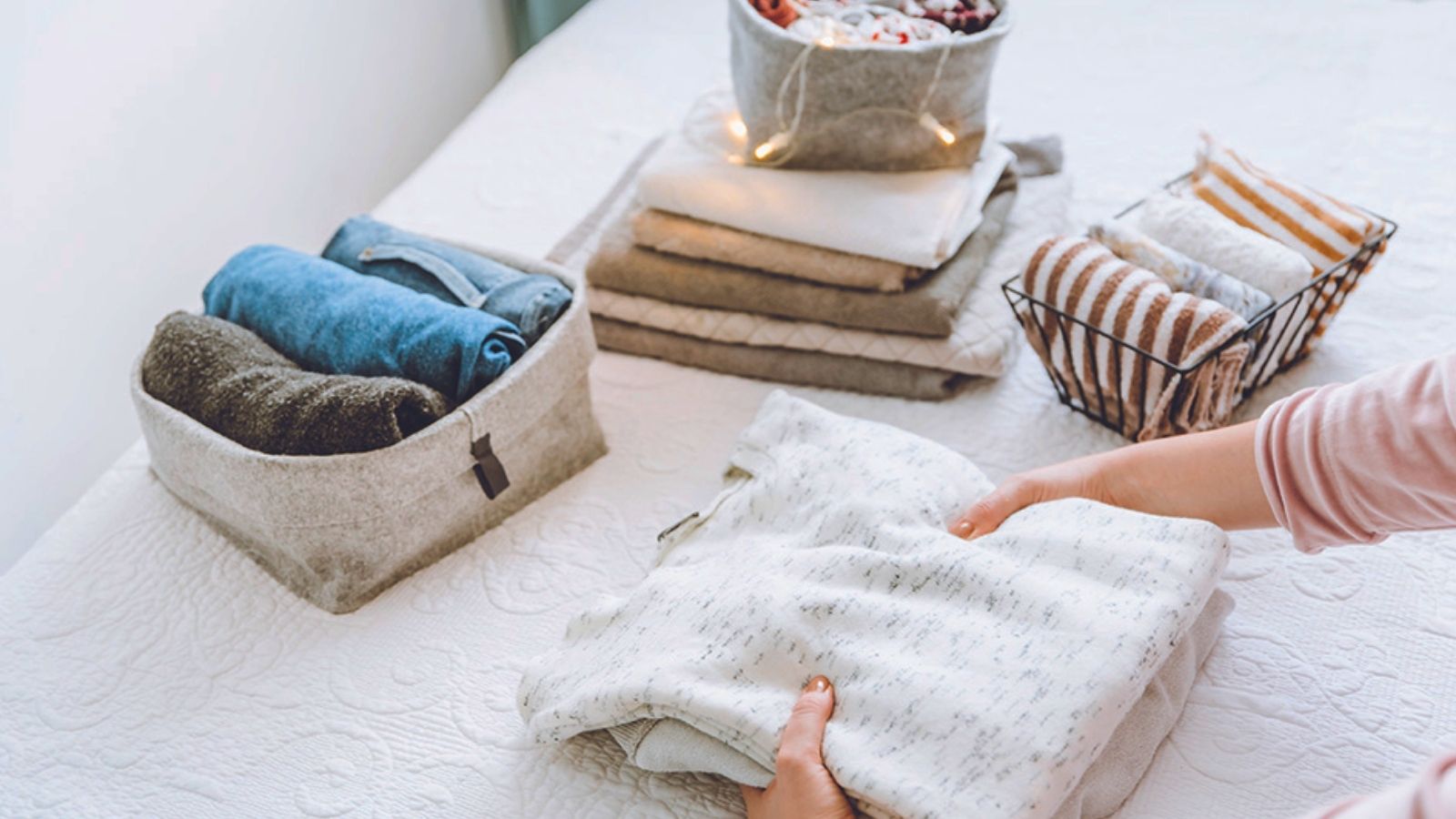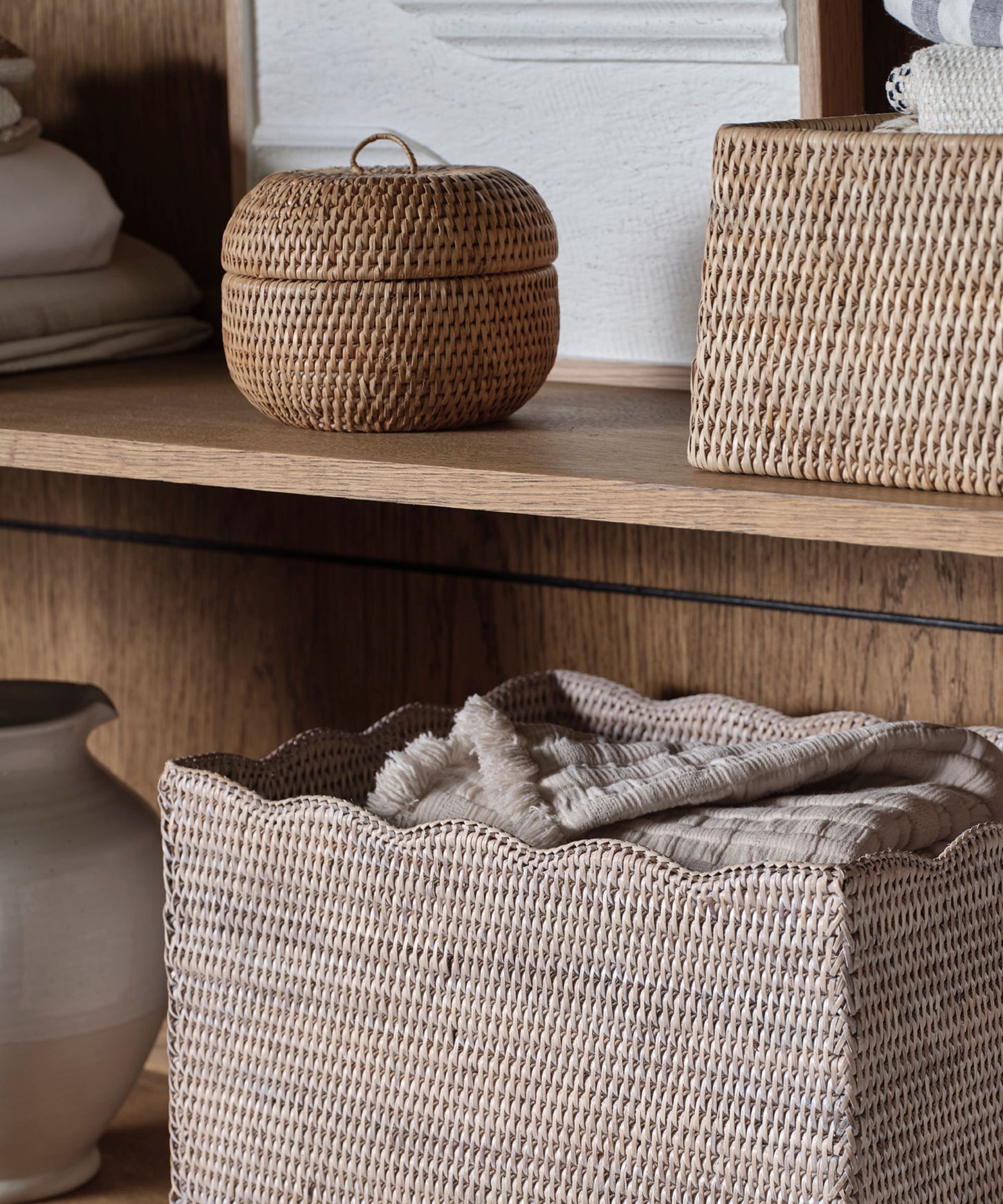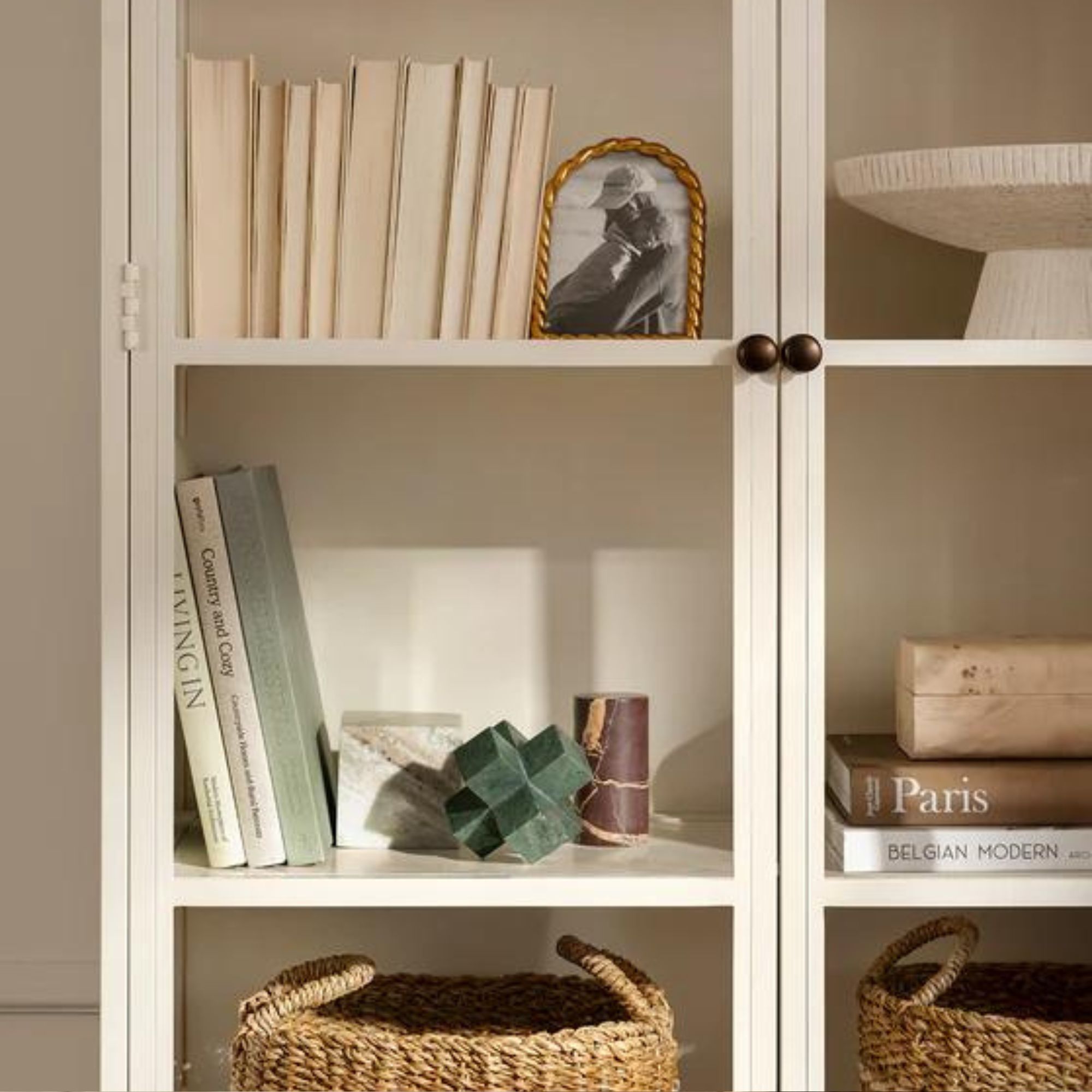Home organizing golden rules – the 7 rules experts have written in stone
These seven organizing golden rules are essential for a put-together home, experts urge


With so many ways to organize and declutter a home, it is hardly surprising that it can be incredibly overwhelming. From not knowing where to start to being unsure of the perfect systems or layouts, getting started can be just as difficult as maintaining it.
So, how do the professionals manage it? While practice certainly comes into play, the main secret is following a specific set of home-organizing golden rules that see them through any project – big or small – every time.
Here, they reveal the seven most important home organizing golden rules that will instantly make your chores less overstimulating.
Home organizing golden rules
Getting a grip of these golden rules will do more than help to organize your home, experts say. They will help you maintain general neatness, streamline your weekly organizing schedule, and help you to save time when cleaning and tidying.
1. Let your space set the limits

If you are tired of trying to organize and declutter your home when you feel overwhelmed, it might be because you are trying to outgrow your space, suggests Tina Priestly, professional home organizer and owner of Ready, Set, Refresh. One of her golden organizing rules is to let the space set the limit on your belongings:
‘Let your space define how much you can own. Clutter happens when we have more stuff than our space can handle. By setting limits on how much space you give to each category (like one shelf for sweaters), you keep things under control.
‘When you buy something new, let go of something old. For example, if you get a new sweater, donate one you don’t wear anymore. This helps keep your space neat and makes sure everything has a place,’ she suggests.
Design expertise in your inbox – from inspiring decorating ideas and beautiful celebrity homes to practical gardening advice and shopping round-ups.
2. Sort first

One of the best time-saving tips from professional organizers is to start by sorting first before you start to put things into new homes.
‘Whenever we begin a home organizing project, the first thing we do is sort items into categories so clients can see everything they have in one place. Skipping this step often results in frustration and rework, which is why we insist on completing it at the beginning of each project,’ shares Katie Clingman, professional home organizer and owner of Settled in Soundly, who makes sorting one of her top golden rules.
‘In practice, this looks like pulling everything out and sorting it into categories. Take a closet, for example. Start by separating tops from bottoms from shoes and accessories. Then within each category break things down further – for tops you could have tank tops, short-sleeve shirts, long-sleeve shirts, and jackets. You might need one more round of sorting within these categories to get to something manageable.
‘Sorting items into categories does two critical things: (1) it will help you make any purging decisions faster because you can clearly see how much you have and (2) it will allow you to select the proper organization solutions for what you decide to keep.’
3. Start with basic labels and the right containers
Another golden home organizing rule is labeling. It might seem over the top, but it is a lifesaver when it comes to maintaining the space, says Barbara Brock, professional home organizer, and stager, founder of Barbara Brock Inc. – especially when you pair it with the right storage ideas:
‘It’s not important for labels to stay on forever but after organizing an area, labels really help a family to remember where things are supposed to go. Labeling also helps household help and members to know where to put things.
‘It’s important to have a container for every category. You don’t want to throw an item into any old container, you want to fit the container to the item. Avoid putting two or three categories into one container. It’s harder to remember where an item is if they are combined.’
4. Keep like with like

On that note, keeping like with like is another golden home organizing rule that Tina Priestly, professional home organizer, swears by:
‘Keeping similar items together makes it easier to find what you need and keeps your space organized. Use specific drawers, shelves, or baskets for categories like chargers, hair ties, or batteries. For instance, store all your batteries in one drawer instead of scattering them around the house. This way, your space stays tidy, and you always know where to find things.'
5. Don’t fight your current routines

It is no home organizing secret that routines and habits help to keep a well-organized home neat in the long run. However, just because you have put a new system in place doesn’t mean you have to fight your current routines, Katie Clingman, professional home organizer, says. She makes it a rule that organizing systems should work seamlessly with your current habits – not against them:
‘Make it easy for yourself to stay organized! The less friction you introduce, the more sustainable your system will be. For example, if you have a habit of not putting lids back on things, opt for open containers and bins so you can toss items inside without worrying about the lid. If you exercise every day, keep your workout clothes together in one drawer so it's faster to grab them. Or if you're a coffee drinker, keep everything you need (mugs, coffee, sugar) next to the coffee maker.
‘Don't create a complicated system because you think you need one to be organized, or "should" do things a certain way, even if it doesn't work for you. Find your natural rhythm and adjust your organization systems to fit.’
6. "Something in, something out"

Applying the one-in, one-out method to your home is another golden organizing rule that you cannot go wrong with, suggests Lisa Dooley, organizing coach and owner of Your Organized Life. ‘Space is a limited commodity. When you bring something new into your space – clothing, books, home decor, electronics – the item it is replacing must leave.’
Without this level of control, clutter will quickly grow to be unmanageable.
7. Shop purposefully

Arguably the most impactful home organizing golden rule is to stop clutter before it starts. Not only does it save time and energy, but stress and money, too, points out Sara Bereika, professional organizer and owner of Sara Jane Organizing:
‘In my home, nothing is purchased or brought in on a whim. Anything that comes over the threshold of my front door must have a purposeful reason to enter. I want everyone in the home to think before they act or buy. So whenever anyone wants something specific, we consider where it will be stored, what needs to be replaced to make it fit, how the item will be maintained, whether the item is worth our hard-earned money, and if it's of high quality and won't break easily.’
Remember that, when organizing a home, not everything has to be brand new. Lisa Dooley, organizing coach, reminds us that a new organizing product, bought on a whim, is really just clutter in disguise. As such, she makes it a rule to shop her home before the store:
‘Before you go out and buy a new item, "shop" your home to see if any unused or underused item can be repurposed. Empty toy baskets can be used in the hall closet for storing shoes. An empty bookshelf in the basement can become storage in the playroom. Utilize local Buy Nothing groups for needed items. Don't automatically buy something new without first trying to reuse and repurpose something you already have.’

Chiana has been at Homes & Gardens for two years and is our resident 'queen' of non-toxic living. She spends most of her time producing content for the Solved section of the website, helping readers get the most out of their homes through clever decluttering, cleaning, and tidying tips. She was named one of Fixr's top home improvement journalists in 2024.
